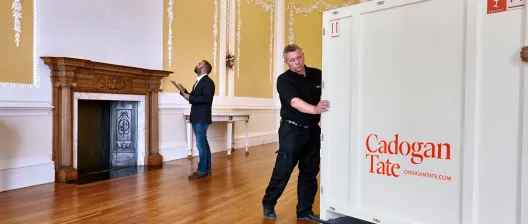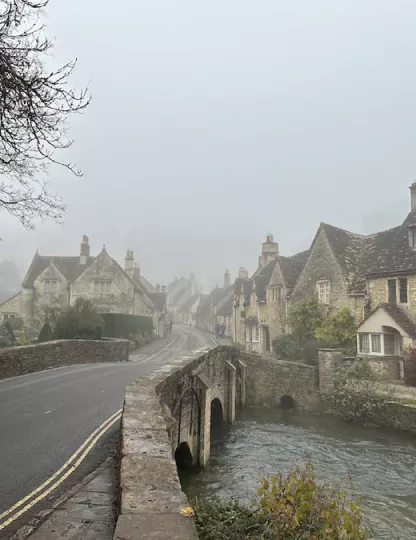Marcel Duchamp and friends
From a fragment of a thought to a full-blown concept, the journey of an idea is an exceptional thing. The bulk of it happens in the dark, among the glittering and celestial stars, sparks of insight set off from the unknown. And then it grows, in a landscape similar to Alice’s Wonderland, before bursting through the subconscious and into the real world.
Maybe Marcel Duchamp, that ever-present grand giant of art, thought and matter, whispered something to Carlos Basualdo one night, the magic of the mysterious in all its splendour concluding in an absorbing exhibition.
The curator of the charmingly titled Dancing around the Bride exhibition at the Philadelphia Museum of Art, has chosen to explore Duchamp’s relationship with four of America’s most important post-war artists: the avant-garde composer John Cage; the pioneering choreographer Merce Cunningham; the masterful Robert Rauschenberg; and the revelatory Jasper Johns.
Timothy Rub, chief executive officer of the museum, said that as the institution is home to the most significant and largest collection of works by Duchamp, it is logical for them to have presented the first comprehensive exhibition of its kind within its own space.
“This multidimensional and interdisciplinary show will enable visitors to experience and more fully appreciate one of the most exciting and momentous periods in the history of modern art,” he added.
Duchamp was, after all, happy to wander freely from one medium to another, unshackled by a style, a discipline or indeed a movement. It was only natural that his appeal and engagement would extend into other forms of art, which were responded to in kind with reverent references to his work in dance, music, film and literature.
“This exhibition is about the relationship between art and life,” Mr Carlos Basualdo stated. “It tells the story of five extraordinary artists and what happened to art and culture when their lives and work intersected. Their mutual interactions redefined the language of contemporary art in the 1950s and 60s.”
Like a dream, the show seems to confound reality, and it really is a luxury to see such a varied collection of art from such artists within close proximity to one another. It is as if they are there, conversing with one another, a dinner party we would all love to be part of. Alas, with life cometh death, and all, apart from Johns, have passed into the ether.
It is therefore left to us, the viewer, the critic, the poet, the passer-by, to spend some time with these artists. Without an audience, the idea returns to the dark. That much is unacceptable.
“All in all, the creative act is not performed by the artist alone,” explained Duchamp. “The spectator brings the work in contact with the external world by deciphering and interpreting its inner qualifications and thus adds his contribution to the creative act.”
Dancing around the Bride: Cage, Cunningham, Johns, Rauschenberg, and Duchamp at the Philadelphia Museum of Art runs until January 21st 2013.
Cadogan Tate can help museums transport fine art to most destinations all around the world.



